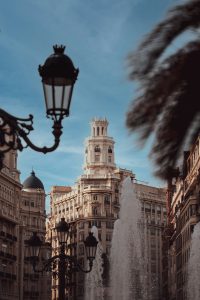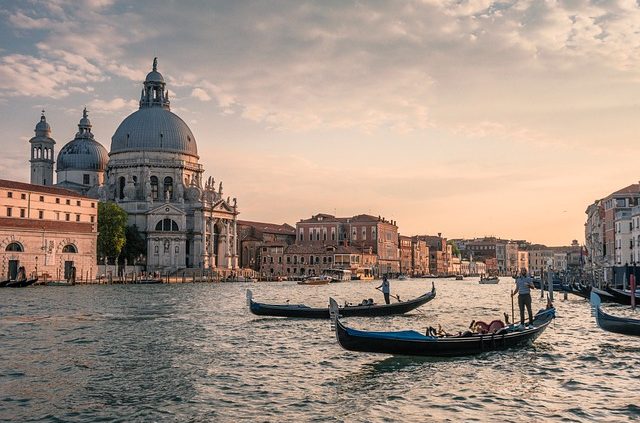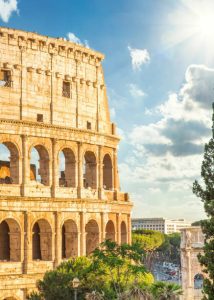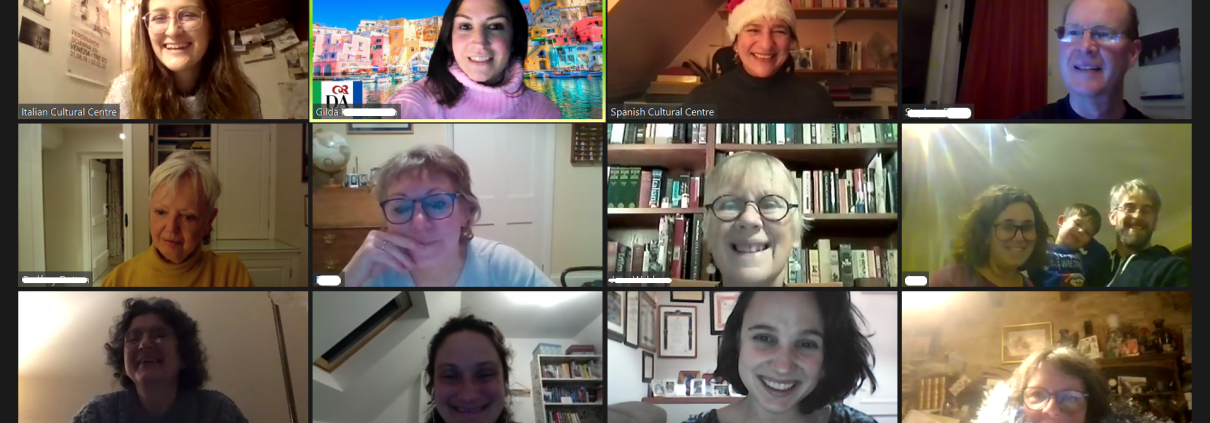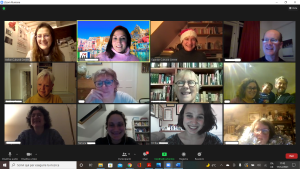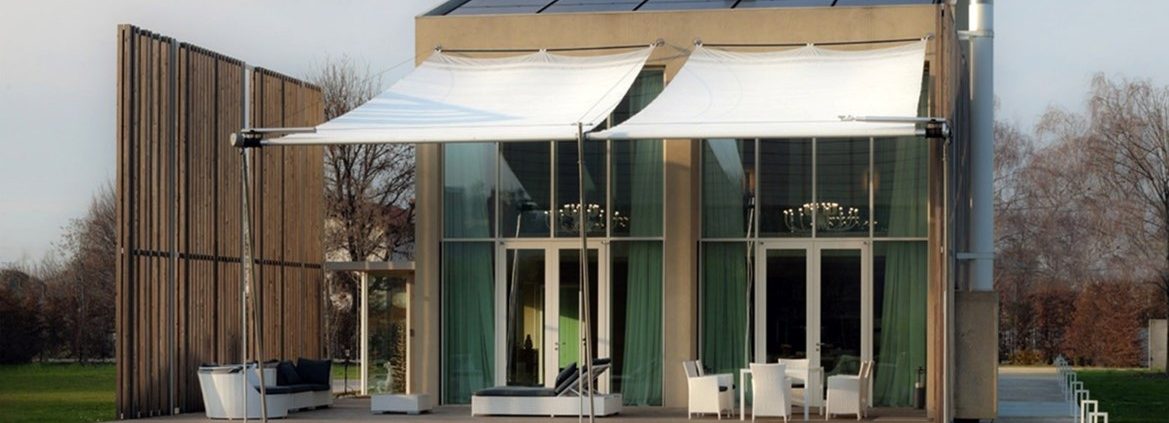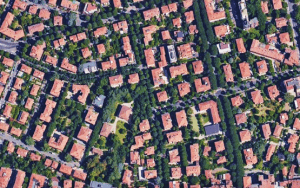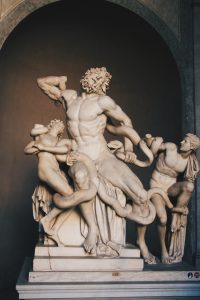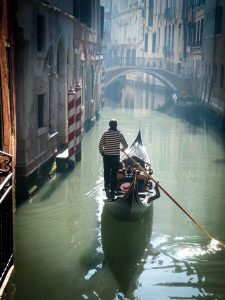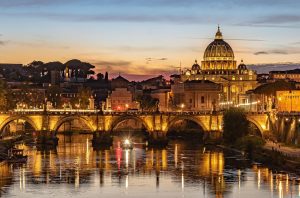Moda Italiana: Preparati a sfilare con noi!
Sei pronto a immergerti nel cuore pulsante della moda italiana, dove tradizione e innovazione s’intrecciano per dar vita a capolavori di stile che conquistano il mondo?
Lasciati guidare in un viaggio emozionante tra le icone intramontabili che hanno fatto la storia del settore e i nuovi talenti che stanno definendo le tendenze globali.
Scoprirai:
– I segreti del successo di Giorgio Armani, maestro del minimalismo.
– L’opulenza e la sensualità di Gianni Versace, pioniere del lusso.
– L’eccentricità e l’innovazione di Gucci, marchio iconico e stravagante.
– L’eleganza moderna di Miuccia Prada, che reinterpreta la tradizione italiana con uno sguardo avanguardista.
Ma non solo!
Esploreremo i nuovi talenti che brillano nel firmamento del design italiano. Condivideremo consigli per sfodera il tuo stile italiano con personalità e un pizzico di audacia.
Oggui ti invitiamo ad interagire con la community e a raccontarci la tua esperienza con la moda italiana.
Sei pronto a sfoderare il tuo stile italiano? Allora seguici in questo viaggio emozionante!
Oggi, proponiamo di approfondire la conoscenza di alcune delle grandi firme che hanno reso la moda italiana celebre in tutto il mondo. Percorreremo la loro storia, sveleremo i segreti del loro successo ed esploreremo le caratteristiche distintive che le rendono uniche e inimitabili.
1. Giorgio Armani: il maestro del minimalismo
Le origini: Nato a Piacenza nel 1934, Giorgio Armani si avvicina al mondo della moda dopo una carriera come medico. Nel 1975 fonda il suo marchio, Armani, insieme a Sergio Galeotti.
Lo stile: Eleganza senza tempo, linee essenziali e tagli impeccabili sono i tratti
distintivi di Armani. Il suo stile minimalista ha rivoluzionato il concetto di lusso, proponendo un’armonia tra raffinatezza e semplicità.
I successi: Armani ha vestito star del cinema, capi di stato e personalità di spicco, affermandosi come uno dei più grandi stilisti del XX secolo. Tra le sue creazioni più iconiche, ricordiamo il power suit femminile e la giacca destrutturata.
Curiosità: Armani è un perfezionista instancabile, noto per la sua ossessione per i dettagli e la qualità dei materiali. Il suo impero comprende non solo moda, ma anche accessori, cosmetici e
arredi per la casa.
2. Gianni Versace: il pioniere del lusso
Le origini: Nato a Reggio Calabria nel 1946, Gianni Versace si trasferisce a Milano negli anni 70, dove fonda il suo marchio Versace insieme al fratello Santo e alla sorella Donatella.
Lo stile: Opulenza, sensualità e colori audaci caratterizzano le creazioni di Versace.
Il suo stile barocco e teatrale ha rivoluzionato le sfilate di moda, facendo del lusso un’esperienza travolgente.
I successi: Versace ha vestito icone come Madonna, Lady Gaga e Michael Jackson, diventando un simbolo del glamour e dell'eccesso degli anni 80 e 90. Tra i suoi capi più iconici, ricordiamo l’abito a spilla di sicurezza e i vestiti in seta stampata.
Curiosità: La vita di Gianni Versace è stata tragicamente stroncata da un assassinio nel 1997. La sua eredità è portata avanti dalla sorella Donatella, che ha saputo mantenere vivo lo stile audace e innovativo del marchio.
3. Gucci: l’eccentricità che conquista
Le origini: Fondata a Firenze nel 1921 da Guccio Gucci, la maison Gucci si è specializzata nella produzione di pelletteria di lusso. Nel corso degli anni, il marchio ha ampliato la sua offerta a borse, scarpe, prêt-à-porter e accessori.
Lo stile: Gucci è sinonimo di eccentricità, innovazione e quel tocco di stravaganza che ha reso il marchio un'icona globale. Dagli iconici motivi GG alle collaborazioni con artisti contemporanei, Gucci è sempre all'avanguardia delle tendenze.
I successi: Gucci ha vestito star del cinema, musicisti e personalità influenti, conquistando il jet set internazionale. Tra i suoi capi più iconici, ricordiamo la borsa Bamboo, il mocassino Horsebit e la scarpa Gucci loafer.
Curiosità: Gucci è stata una delle prime maison di moda a utilizzare il marketing e la pubblicità per promuovere i propri prodotti. Il marchio è stato anche protagonista di numerosi scandali e controversie, che hanno contribuito ad alimentare la sua fama e il suo fascino.
4. Prada: l’eleganza moderna
Le origini: Mario Prada ha fondato il marchio Prada a Milano nel 1913,
specializzandosi nella produzione di pelletteria e accessori. Nel 1970, sua nipote Miuccia Prada assume la guida della maison, rivoluzionandone il design e il posizionamento.
Lo stile: Miuccia Prada reinterpreta la tradizione italiana con uno sguardo moderno,
mescolando materiali pregiati con dettagli unici e avanguardisti. Il suo stile minimalista e intellettuale ha conquistato le donne di tutto il mondo.
I successi: Prada ha vestito personalità di spicco del mondo della moda, dell’arte e del cinema, affermandosi come uno dei marchi più influenti.
Continua a seguirci:
Iscriviti alla newsletter per ricevere aggiornamenti sulle ultime tendenze della moda italiana. Segui i nostri profili social per non perdere i contenuti esclusivi e interagire con la community. Scrivici ad italian@ladante-in-cambridge.org
Insieme, esploreremo le infinite sfaccettature della moda italiana e scopriremo come questo patrimonio culturale continua a influenzare e ispirare il mondo intero.



